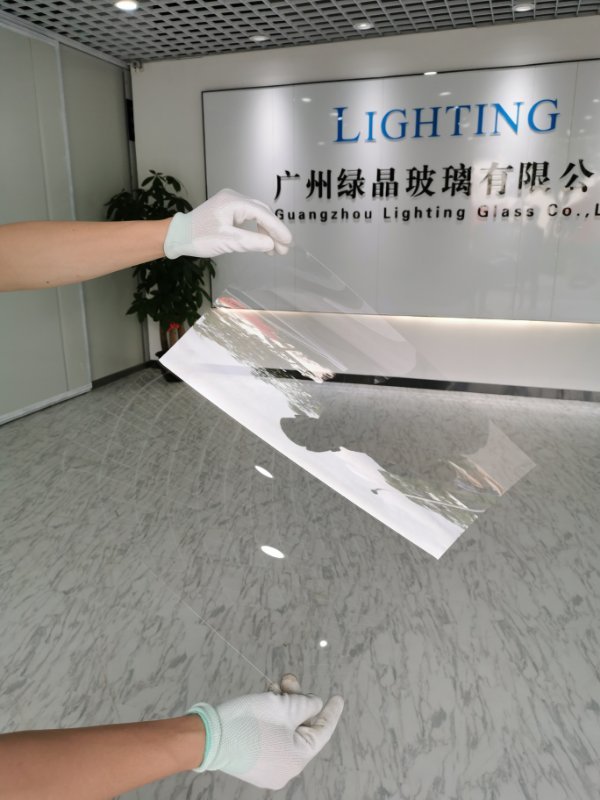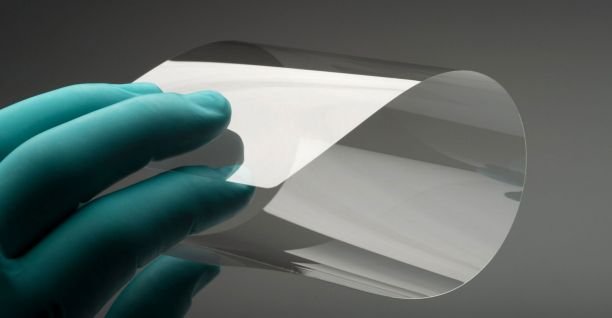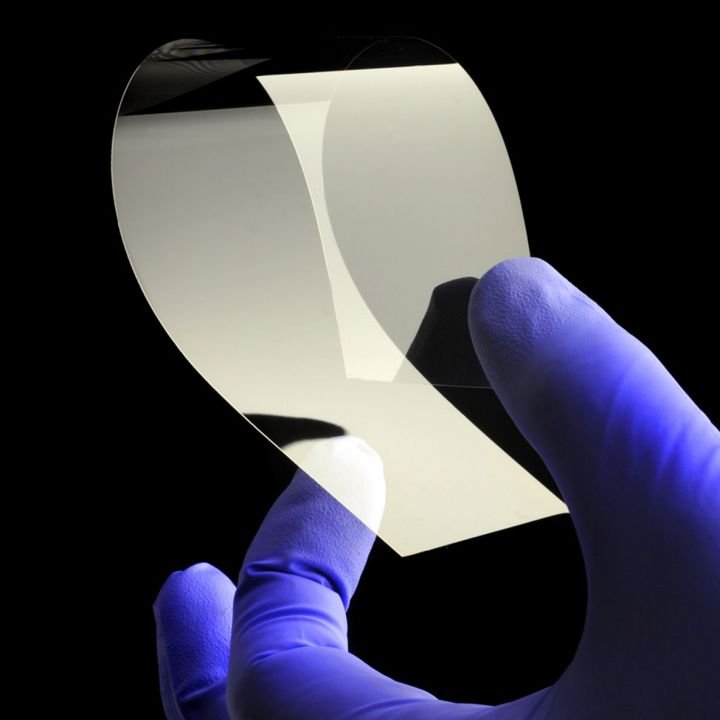
What is Curved Glass?
Curved glass (Bent Glass/Rounded Glass) is a specialty material shaped through thermal bending at 600-800°C. Key techniques include:
- 2.5D Curved Glass: Micro-curved edges for smartphones/wearables
- 3D Curved Glass: Multi-axis curvature for automotive/building applications
Breakthrough: Modern CNC thermal bending achieves ±0.1mm curvature tolerance while maintaining optical clarity.
Why Curved Glass Dominates Premium Desig
- 5X Structural Strength: Tempered curved glass withstands 200kg/m² wind pressure
- Aesthetic Superiority: Eliminates visual seams in museum walls/car sunroofs
- Functional Versatility: Compatible with Low-E coatings, lamination, and smart glass tech
- Space Optimization: Curved cabinet doors increase storage capacity by 22%
- Cost Efficiency: 30-50% higher initial cost but 3X longer lifespan

How do you manufacture curved giass?

Curved Glass Precision Manufacturing Process:
he manufacturing process of curved glass involves several critical steps to ensure high precision, durability, and optical clarity.
Glass Selection: Choosing the right type of glass (such as annealed, tempered, or laminated) for the bending process.
Cutting: The glass is cut to the required size using advanced CNC machinery to ensure accuracy.
Heating: The glass is heated to a specific temperature, making it soft and malleable for bending.
Shaping: The heated glass is then shaped into the desired curve using gravity bending or press bending techniques.
Cooling and Annealing: The glass is cooled slowly to avoid internal stress or cracks, enhancing its strength.
Cutting and Polishing: After cooling, the glass is cut to the final shape and polished to ensure smooth edges and surface clarity.
Quality Control: The glass undergoes testing for defects, impact resistance, and thermal shock to ensure durability and safety.
Yield Innovation: Smart temperature control boosts production yield from 65% to 92%.
Material requirements for curved glass

| Property | Technical Specifications |
|---|---|
| Thermal Stability | Low expansion, high softening point |
| Purity | High-grade SiO₂/Al₂O₃, uniform composition |
| Mechanical Strength | Chemically strengthened surface (ion exchange) |
| Optical Clarity | >90% transmittance, anti-reflective coating |
| Chemical Resistance | Durable silicate/aluminosilicate structure |
What kind of curved glass Specifications should be selected for different applications
| Application | Recommended Specifications | Key Features |
|---|---|---|
| Building Facades curved glass windows | 12-19mm laminated insulated glass | Wind/impact resistance |
| Automotive Sunroofs windscreen | 5mm tempered + PVB interlayer | Safety & optical clarity |
| Consumer Electronics Intelligent device | 0.7-1.2mm chemically strengthened | Scratch resistance, thin profile |
| Optical Instruments curved glassware | Borosilicate glass | Thermal/chemical stability |
Industry leading curved glass material
A. Corning Gorilla® Glass
- Grades: Victus® (7th Gen), Gorilla Glass 6
- Advantages:
- Aluminosilicate base with K+ ion exchange
- 2m drop resistance, 0.5mm thickness
- 92%+ light transmission, <1nm surface roughness

B. SCHOTT Xensation®
- Sodium aluminosilicate glass
- 900MPa surface stress, superior scratch resistance
C. AGC Dragontrail™ Pro
- Ultra-thin (0.3mm) aluminosilicate glass
- Ideal for curved automotive displays
D. Ultra-Thin Glass (UTG)
- 30-70μm thickness, <3mm bend radius
- 200,000+ folding cycles
2.5D Curved Glass vs. Gorilla Curved Screen: Key Differences
2.5D Curved Glass
Advantages:
✅ Cost-effective for mass production
✅ Ergonomic edge design improves grip comfort
✅ Faster production cycle
Limitations:
❌ Vulnerable edge protection
❌ Prone to micro-chipping at curved regions
❌ Limited scratch resistance
Gorilla Curved Screen
Advantages:
✅ Exceptional impact resistance (2m drop protection)
✅ Ultra-slim profile (as thin as 0.2mm)
✅ Enhanced touch sensitivity and optical clarity
Limitations:
❌ 40-60% higher manufacturing cost
❌ Complex thermal forming process
❌ Longer lead times for custom orders
FAQs
Q1: Is curved glass more fragile?
A: Tempered curved glass has higher impact resistance – 6mm panels pass 110cm drop tests (JIS R3206).
Q2:ls curved glass strcnger?
A:Generally yes – when properly tempered, curved glass has 5-8× higher bending strength than flat glass due to optimized stress distribution. However, edge areas remain vulnerable to direct impacts.
Q3: Are curved windows expensive?
A: Yes, curved windows typically cost 30-50% more than flat equivalents due to specialized manufacturing (thermal bending, tempering). Custom designs add further costs.
Q4: How to cut curved glass?
A: Use CNC waterjet cutting (professional method) for precision. DIY attempts risk breakage – always consult certified glaziers for curved glass work.
Q5: When to replace curved glass?
A: Seek replacement for:
- Edge cracks >5cm
- Scratches >0.2mm deep
- Insulation layer fogging
Curved glass Future Trends
- Thinner Designs: 0.3mm flexible glass commercialization
- Multifunctional Integration: Solar-powered curved panels
- Smart Manufacturing: AI-powered defect detection (0.02mm accuracy)
As the leading curved glass manufacturer in China
We provide:
1.Premium Glass Material Supply based on your project
2.Custom Processing Solutions
| Service | Technical Capabilities | Applications |
|---|---|---|
| Thermal Bending | ±0.1mm curvature precision, 600-800°C CNC molding | Automotive windshields, architectural facades |
| CNC Machining | 5-axis waterjet cutting (±0.05mm tolerance) | Smartphone 3D covers, AR/VR lenses |
| Surface Treatment | Anti-reflective coating, AG/AF finishing, laser etching | Optical instruments, display panels |
| Ion Exchange | 900+ MPa surface compression layer | Foldable device screens |
